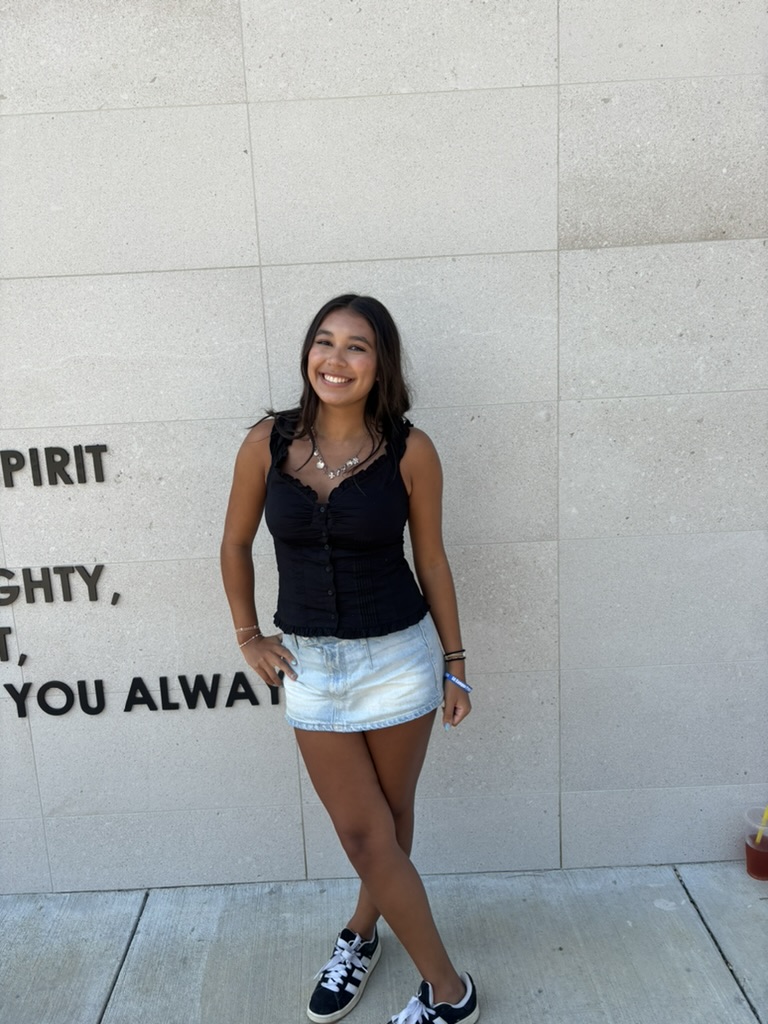Consumer confidence in the U.S. economy dropped again in August. The Consumer Confidence Index, which measures how positive people feel about spending money, went down to 97.4. It fell by 1.3 points in August to 97.4 down from 98.7 in July and, to put in perspective, it was 100 in 1985. The index is not a percentage. 100 is roughly neutral, above 100 means consumers are confident and below means they are pessimistic. People are worried about jobs, prices, and tariffs.
Tariffs are taxes on products brought in from other countries. When these taxes go up, the prices of things like clothes, electronics, and even cars usually rise too. That means shoppers end up paying more, and it makes them less confident about spending.
“Tariffs don’t get paid by foreign companies — they get passed on to American importers, and then to shoppers,” Economics teacher Dan Roach said. “When prices go up, people think twice about buying new goods.”
Because new items are more expensive, more people are turning to thrift stores and resale apps like Goodwill, Grailed, and Depop. Thrift stores let people save money while still getting the clothes and items they need. A recent survey from the New York Post, showed 66% of shoppers and 72% of young adults say they’d shop secondhand if new products got too pricey.
For teenagers and college students, thrifting is about more than just saving money. It’s also about finding unique styles and being sustainable. According to Teen Vogue, over half of Gen Z shoppers check resale options before buying something new.
“I like thrifting because it’s cheaper,” Junior Alex Fuentes said, “you can find stuff that you might not find anywhere else.”
The numbers show the trend. According to Capital One Shopping, last year people in the U.S. spent about $665 each on secondhand items, and this year it’s closer to $800. According to Emarketer, the thrift market is now worth about $50 billion and keeps growing.
It’s all connected: tariffs raise prices, which lowers consumer confidence, and that pushes people toward secondhand shopping. What used to be thought of as just bargain hunting is now a smart and popular way to shop. “Thrifting isn’t just a backup plan anymore,” Fuentes said. “It feels like the new normal.”







